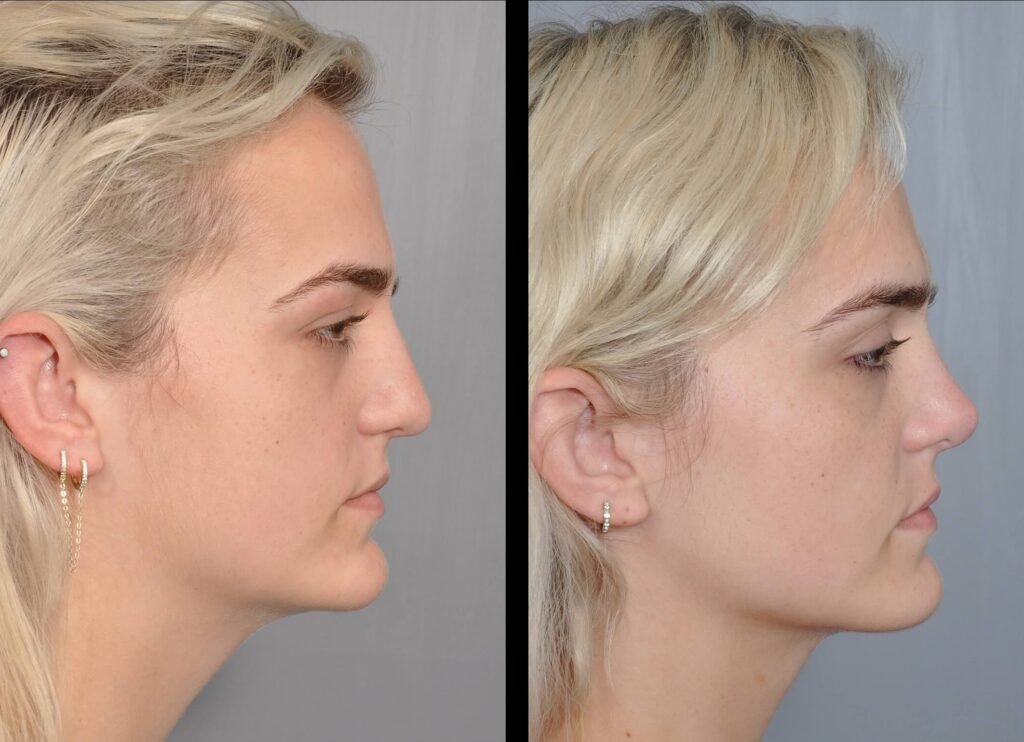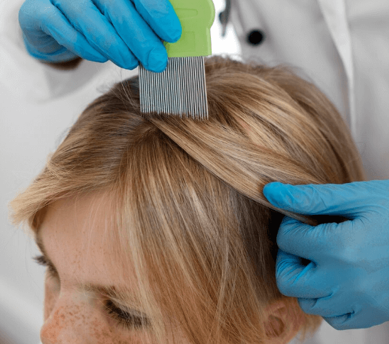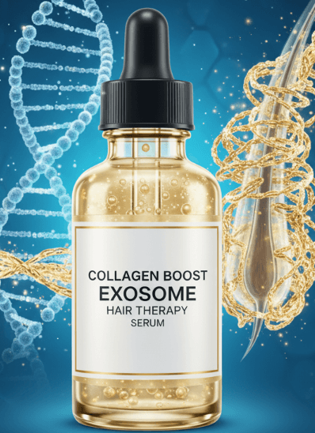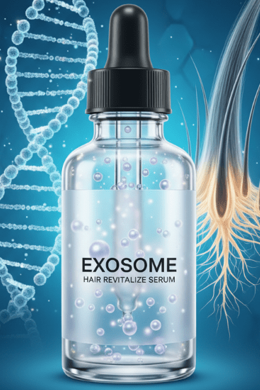Facial trauma can significantly impact not only a patient’s appearance but also their physical function and psychological wellbeing. One of the most commonly affected areas in facial injury is the chin and jawline, which play a crucial role in facial symmetry, speech, and occlusion (bite alignment).
In South Korea—a global leader in facial plastic and reconstructive surgery—chin implant surgery is not just cosmetic. It is often used as a restorative solution for patients recovering from trauma, congenital deformities, or post-tumor resection.
This article explores how Korean clinics approach reconstructive chin implant surgery, how it differs from cosmetic augmentation, and what international patients can expect.
🧠 Why Chin Reconstruction May Be Necessary
Chin reconstruction may be indicated for patients with:
- Traumatic facial injury (e.g., car accidents, sports trauma, assault)
- Mandibular fractures involving bone loss or misalignment
- Post-surgical bone deficits after tumor removal
- Congenital deformities like microgenia (underdeveloped chin) or asymmetry
- Failed or unsatisfactory previous chin surgeries
Reconstructive chin surgery focuses not only on restoring aesthetics, but also:
- Functional balance (jaw alignment, oral closure)
- Symmetry and proportionality with other facial features
- Psychosocial recovery from visible disfigurement
🏥 How Korean Clinics Approach Reconstructive Chin Surgery
1. Multidisciplinary Planning
In Korea, leading facial surgery centers (especially in Seoul and Busan) often use a team approach, combining expertise from:
- Plastic and reconstructive surgeons
- Maxillofacial surgeons
- Orthodontists
- ENT or head & neck surgeons (if needed)
This collaboration ensures both aesthetic balance and structural functionality.
2. 3D CT Imaging and Facial Simulation
Korean clinics use advanced facial scanning and modeling software to:
- Reconstruct the patient’s pre-injury facial structure
- Simulate symmetry with the rest of the face
- Design custom implants when needed
💡 Custom chin implants are often manufactured using medical-grade silicone, Medpor, or PEEK, depending on the patient’s anatomy and trauma history.
3. Types of Chin Reconstruction Procedures Offered
| Procedure | Purpose |
|---|---|
| Custom Chin Implant (Alloplastic) | Restore projection, width, or symmetry using implant material |
| Sliding Genioplasty (Osteotomy) | Reposition patient’s own chin bone; preferred if bone quality is good |
| Bone Grafting or Fat Grafting | Rebuild volume in severe trauma cases |
| Combined with Orthognathic Surgery | Address misaligned jaws or occlusion problems post-trauma |
Korean surgeons often combine these techniques depending on trauma complexity.
🧪 Materials Used in Reconstructive Chin Implants
| Material | Features |
|---|---|
| Silicone | Flexible, removable, widely used in mild-to-moderate cases |
| Medpor (porous polyethylene) | Integrates with tissue, less chance of shifting |
| PEEK or Custom CAD/CAM implants | Precision-fitted, used in severe trauma with bone loss |
🔍 How It Differs from Cosmetic Chin Implant Surgery
| Aspect | Cosmetic Surgery | Reconstructive Surgery |
|---|---|---|
| Goal | Improve aesthetics | Restore form & function |
| Complexity | Usually straightforward | Often complex, multi-stage |
| Team | Plastic surgeon | Multidisciplinary (including maxillofacial) |
| Customization | Optional | Frequently required |
| Healing time | ~1 week | 2–3 weeks or more, depending on case |
✈️ What International Patients Can Expect in Korea
📝 Pre-Travel Preparation:
- Detailed medical records (imaging, surgical history, trauma report)
- Virtual consultations with surgical team
- Possible submission of CT scans prior to travel
🏥 In-Clinic Care:
- 3D analysis and surgical planning
- Surgery under general anesthesia
- 1–2 nights inpatient (depending on procedure)
- Daily check-ups during initial recovery
📅 Stay Duration:
- 10–14 days minimum in Korea post-surgery
- Additional healing time depending on if orthognathic or bone grafting is involved
⚠️ Potential Risks and How Korean Clinics Manage Them
Reconstructive chin surgeries are more complex and carry higher risks than cosmetic ones. Korean clinics mitigate these through:
- Pre-surgical CT imaging for precise planning
- Advanced sterilization and implant fixation techniques
- Infection control protocols (especially for intraoral approaches)
Risks include:
- Infection
- Implant shifting or asymmetry
- Nerve injury (mental nerve paresthesia)
- Poor wound healing in previously damaged tissue
💬 Case Example: A Real Scenario
A 30-year-old male from Singapore suffered a mandibular fracture from a motorbike accident. After initial bone healing, he was left with an under-projected chin and facial asymmetry.
At a clinic in Gangnam, Seoul, his treatment involved:
- 3D scan-based custom Medpor chin implant
- Bone shaving on one side to restore symmetry
- Sliding genioplasty to correct projection
- 2-week stay in Korea with follow-up telemedicine care
He returned home with improved facial symmetry and restored confidence—with full recovery in 3 months.
🏁 Final Thoughts: Is Korea Right for Reconstructive Chin Surgery?
If you’ve experienced facial trauma or need structural correction, Korea offers:
- World-class surgeons trained in both aesthetics and reconstructive facial surgery
- Customized implant design and advanced simulation tools
- A multidisciplinary, patient-focused approach
- Affordable pricing for top-tier care compared to the U.S. or Europe
Whether for functional restoration or emotional healing, Korean clinics are among the most advanced and ethical choices for trauma-related chin surgery.




